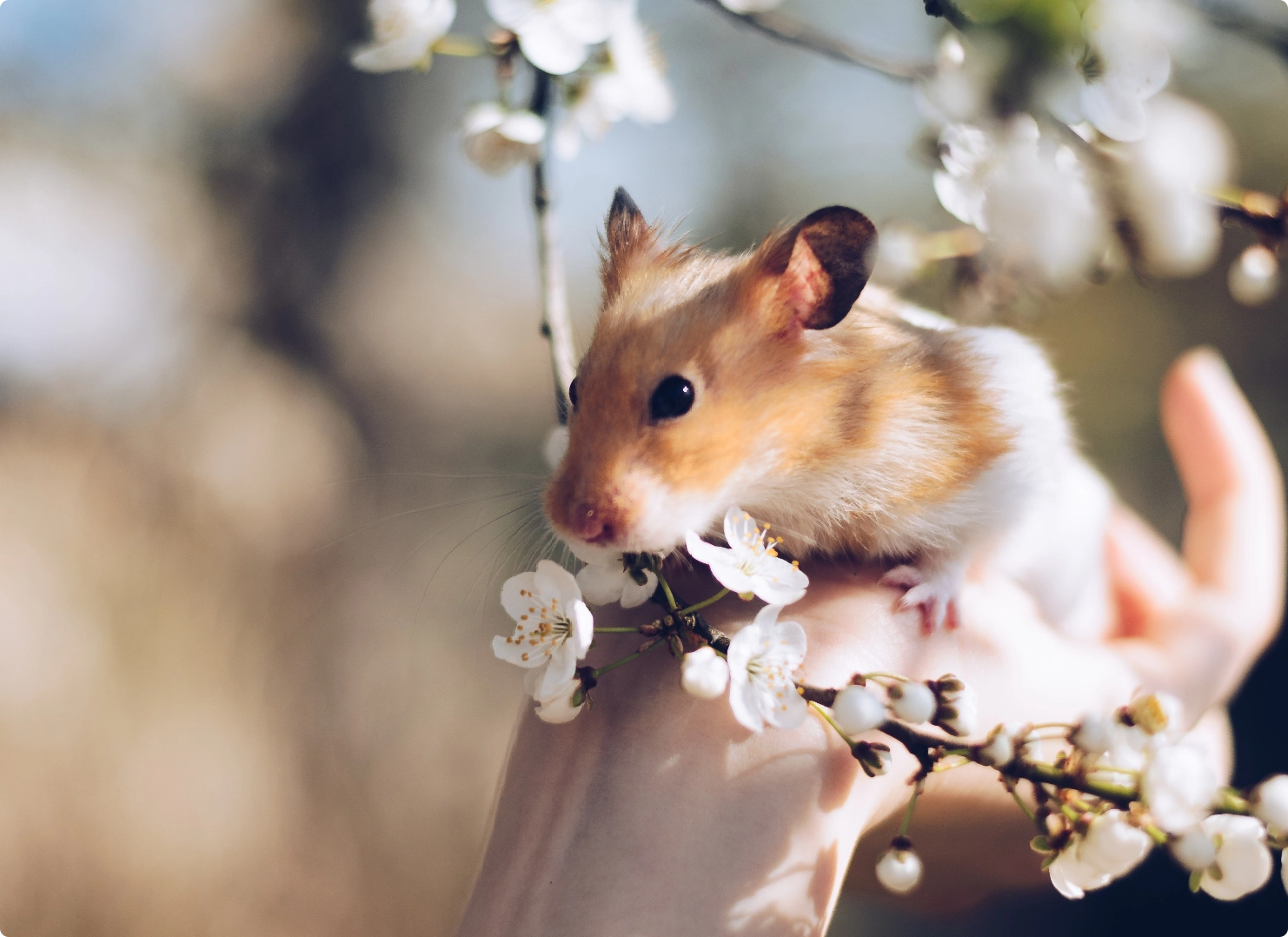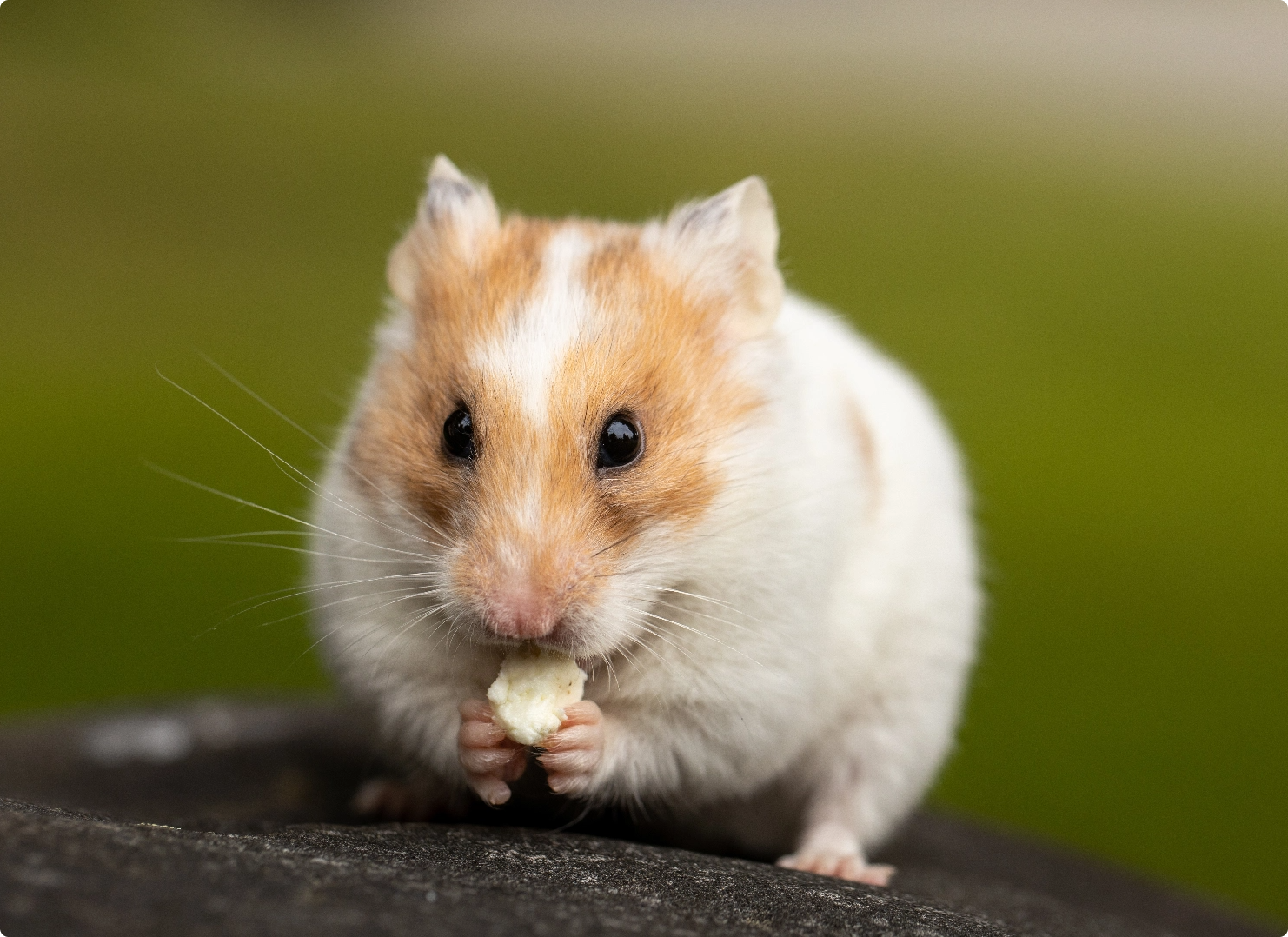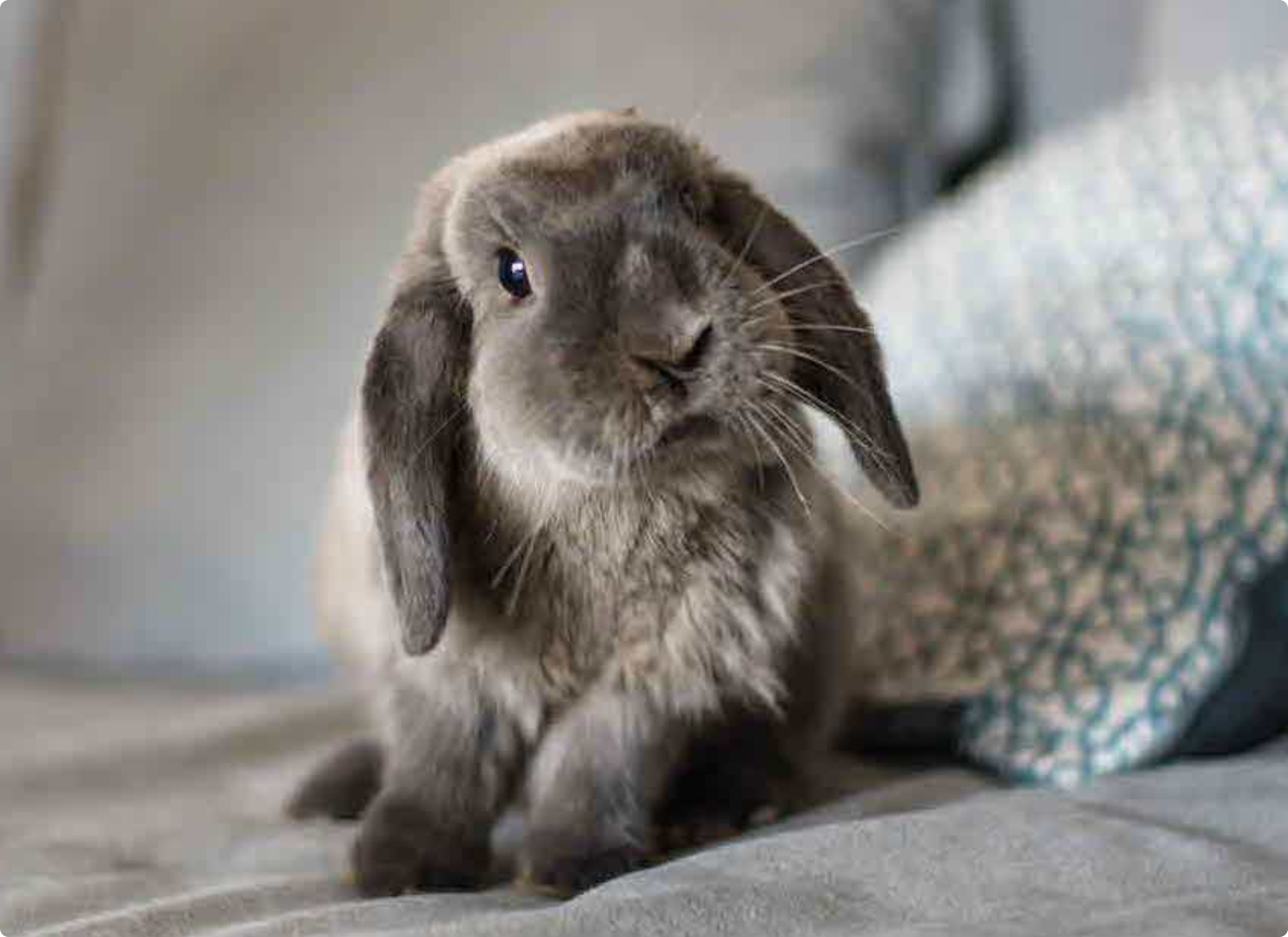
Make Sure Your Hamster Has a Suitable Place to Live Happily!



Make Sure Your Hamster Has a Suitable Place to Live Happily!
Hamsters need a comfortable, dry, draught-free, clean place to live, in a quiet place where they can rest undisturbed. Make sure the lights go off at approximately the same time each night.
Hamsters are very sensitive to high frequency sounds (known as ultrasound) which we cannot hear, and can find this stressful.
Housing:
House your hamster away from items in the home which can generate ultrasound, such as television sets, computer screens, vacuum cleaners or sources of running water.
Your hamster’s cage should be safe from hazards (like sharp metal or gaps they could get stuck in) and secure, as hamsters can easily escape from poorly constructed cages!
Hamsters need a lot of room – especially when they are active at night – so buy as big a cage as possible, ideally with a deep plastic base (minimum 3-5cm) and wire top.
A multi-level cage will allow your hamster to climb and make the most of the space in his/her cage and you can place tunnels and toys in it for your hamster to explore.
Wire sides will allow them to climb around the bars of the cage – a favorite pastime and great exercise!
Hamsters really enjoy burrowing so provide a thick layer of litter/bedding material in the deep base of the cage, this can be dust-free wood shavings or granulated corn-cob, but check the material is free of harmful preservatives or other chemicals.
Straw should not be used in your hamster’s cage because the tough strands can hurt his/her cheek pouches. Coarse sand can be used as an alternative litter option.
Peace and Quiet:
![]() You will need to provide your hamster with a nesting box or shelter in the cage to retreat to, keep warm, feel safe and sleep in.
You will need to provide your hamster with a nesting box or shelter in the cage to retreat to, keep warm, feel safe and sleep in.


![]()
![]()
![]()
![]()
![]()
![]()
![]()
![]()
![]()
![]()
![]()
![]()
![]()
![]()
![]()
![]()
![]()
![]()
![]()
![]()
![]()
![]()
![]()
![]()
Housekeeping:
Make sure your hamster’s cage is kept clean with dry litter/bedding and nesting materials, but try to avoid disturbing your hamster’s home too often as this can be stressful.
Your hamster’s litter/bedding material shouldn’t be allowed to become damp or very smelly, but remember that hamsters communicate using smells so always transfer back a small amount of old unsoiled nesting material when you clean out your hamster’s cage, especially if you have a group of hamsters living together.
Clean or replace objects soiled by feces (poo), and do not transfer litter when cleaning out the cage, as both feces and urine on the litter contain odors that may trigger fighting.
Keep Your Hamster Happy:
Your hamster will rest and sleep during the day, but at night it will be very active so you need to make sure there is plenty of space to play during the night time.
It’s really important to make sure that hamsters aren’t disturbed when sleeping and try to keep them in a room where the lights are not left on till late in the night.
In the wild hamsters are extremely good diggers and construct deep, dark, underground burrows so, if possible, give your hamster a thick layer of litter/bedding in which to dig and burrow.
Make sure that your hamster has lots of space to exercise and has appropriate objects to play with such as small boxes and tubes – for example inner cores from toilet rolls – and wooden chew blocks.
A good quality running wheel can provide extra opportunities for exercise but your hamster must always have lots of other things to play with too!
Hamsters prefer a wheel with a large diameter as smaller wheels tend to make them run with a bent back, which may be uncomfortable and lead to back problems. So buy the largest wheel or running ‘disc’ that you can.
The wheel must be a solid structure and axle free, fixed close to the cage wall, so that your hamster’s feet or legs cannot get trapped and injured. The running surface should be non-slip, if your hamster develops sore feet, remove the wheel temporarily and ask your vet for advice.
You should allow your hamster(s) to spend time out of their cage once you can handle them with confidence, but never leave your hamster out of the cage unattended or overnight.
Always keep a close eye on your hamsters to make sure that they don’t get up to mischief by straying too far and putting themselves in danger.





